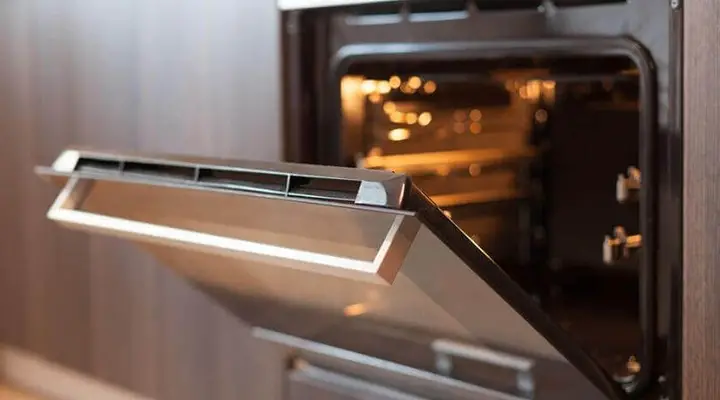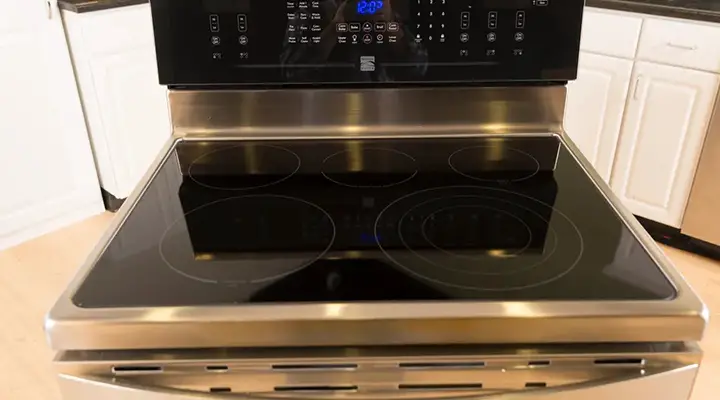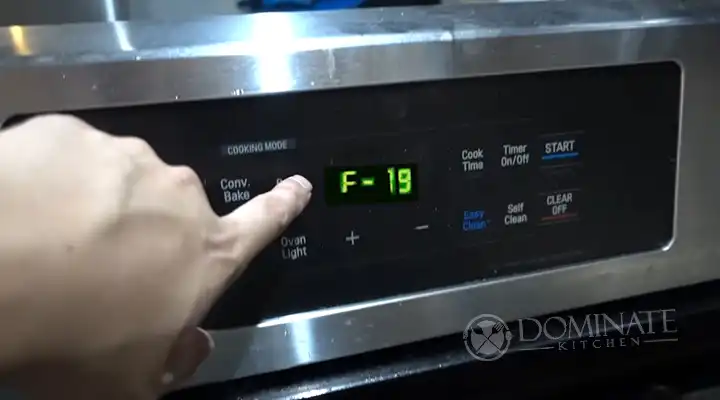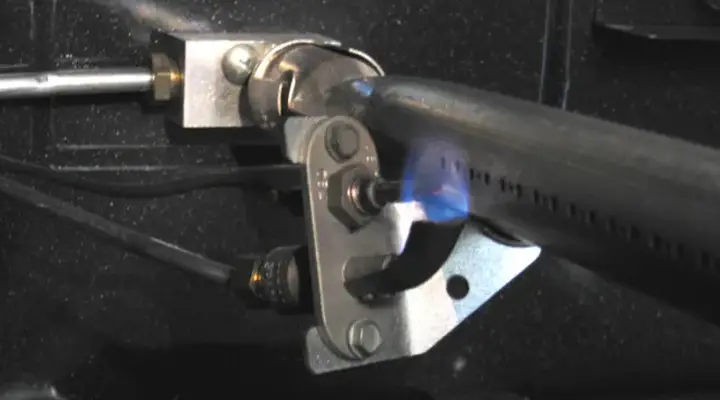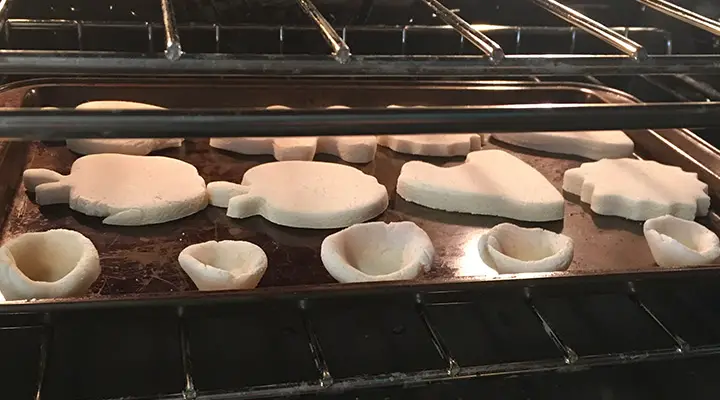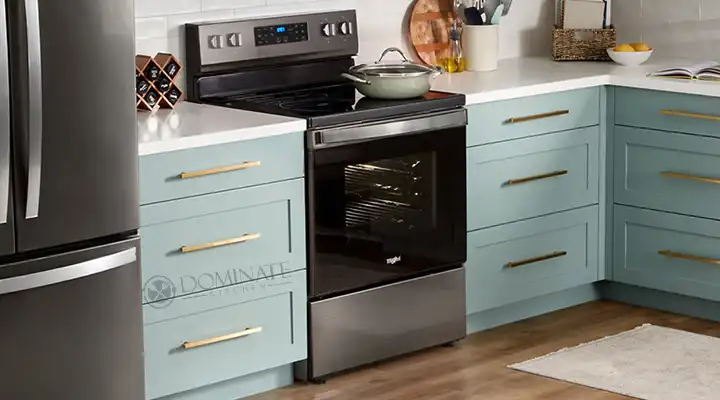Oven Cleaner Acid Or Base? Explained
It can be both depending on what type of oven cleaner you are using. Oven cleaner has had a variety of uses throughout the years. The most common use today is for cleaning stove tops and ovens because of how effective it is at removing burnt-on food and grease from pots and pans.
Because people can use oven cleaners for such a wide range of things, it can be hard to define what it really is. In a similar way, it can be challenging to determine if the ingredients in an oven cleaner make it an acid or base since different elements produce different results. So, we’ll try to solve the oven cleaner acid or base debate in this guide today.
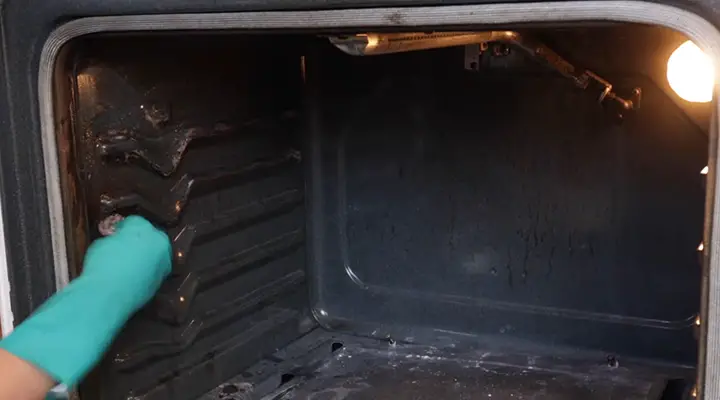
Is Oven Cleaner An Acid Or Base?
Primarily, acidic oven cleaners include hydrofluoric acid, ammonium bifluoride, and trichloroethylene. These substances are hazardous and should be used with care. They can cause burns to the skin and eyes and damage to the lungs if inhaled in large amounts. If the label on your oven cleaner says it contains any of these ingredients, then it is an acidic product. If not, then it is a base.
Most importantly, you should know that any oven cleaner is a very caustic substance that can burn skin and eyes. So, you should wear protective gloves when handling it. It’s also toxic, so avoid breathing the fumes or getting them on your skin. Why should you consider these precautions?
Because, unlike acidic cleaners, the active ingredient in most oven cleaners is lye (sodium hydroxide) or ammonium hydroxide. Both of these compounds are strong bases, though they are not as strong as the strongest alkali available for cleaning purposes: potassium hydroxide (caustic potash).
Identically, base chemicals are highly alkaline chemicals that dissolve in water to produce solutions that have a pH greater than 7 (7 is neutral). The higher the pH, the stronger the base. On the contrary, acid chemicals are highly acidic compounds that dissolve in water to produce solutions with a pH less than 7 (7 is neutral). Since the oven cleaner can be either acidic or basic, you need to perform a small test to identify your own oven cleaner type.
To perform the simple identification test, you need to add some vinegar (acetic acid) to it. If bubbles form on contact with the liquid, it’s an acid. And, if no bubbles form, it’s a base.
Are Cleaning Products Acidic Or Basic?
Similarly, the answer to this question depends on what kind of cleaning product you’re talking about. Actually, the two most common types of cleaning products are acidic and basic.
For example, soap is a basic compound, while bleach is an acidic one. Here, soap is made from the reaction between lye (sodium hydroxide) and fat (usually vegetable or animal). It’s an excellent cleaner, but it has two significant drawbacks: it can be harsh on the skin when left on for too long, and it can also damage some surfaces if left to sit too long.
On the other hand, bleach is used in many cleaning products as a disinfectant because it kills bacteria by breaking down their cell walls. Bleach is made by reacting salt (sodium chloride) with oxygen gas (obtained through water electrolysis), so it must be added to water before use.
Before buying cleaning products, look at the ingredients used to make them. Remember that acids are chemical compounds that have a low pH (less than 7). And, most acids taste sour and feel sharp on the skin. Examples of such cleaning products include lemon juice, vinegar, and hydrogen peroxide. On the contrary, bases are chemical compounds with a high pH (greater than 7). And, most bases taste bitter and feel slippery on the skin. Examples include baking soda and lye.
Frequently Asked Questions (FAQs)
What Is Base In Oven Cleaner?
The base ingredient in oven cleaner is usually sodium hydroxide, also known as lye or caustic soda. According to characteristics, sodium hydroxide is a strong chemical that reacts with water to produce sodium and hydrogen ions, which are responsible for its cleaning power.
This chemical can be found in many other products, including drain cleaners, some paints, and cement. It is also used in the production of biodiesel fuel and bioethanol.
Does Oven Cleaner Have A High pH?
Yes, the oven cleaner does have a high pH level. Most cleaners will have a pH level between 5 and 8. The higher the number, the stronger the acidity of the cleaner. Also, a high pH level means that it is corrosive to metal, so you should not use it on stainless steel or copper.
What Acid Is Used In Oven Cleaner?
There are two types of acids used for cleaning ovens:
- Hydrocarbon-based acids, such as mineral spirits and kerosene.
- Ammonia-based, or “ammonia” cleaners’ acid.
Is Oven Cleaner Corrosive?
Yes, oven cleaner is corrosive. Specifically, oven cleaners that contain ammonia and/or phosphoric acid can be very corrosive to metal surfaces if they come in contact with them. This is because these ingredients are highly alkaline and therefore react with the metal to form a chemical reaction that produces oxides of both ammonia and phosphoric acid.
While this reaction is usually not toxic, it can still damage the surface of the metal, so it should be avoided.
Conclusion
For the most part, you’ll find that people consider oven cleaner to be a base because it contains ammonia, and ammonia is a weak base. But this answer doesn’t tell the whole story. Sometimes an oven cleaner is a reddish-brown liquid, which has active chemicals, including ammonia, hydrogen carbonate, and nitric acid. In that case, the pH level of the liquid is between 8 and 11, which makes it an alkaline solution.

